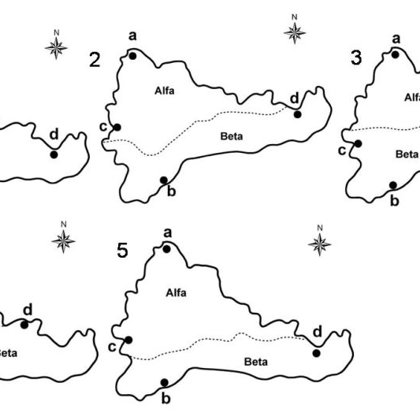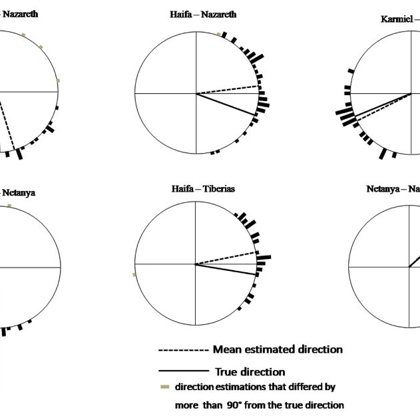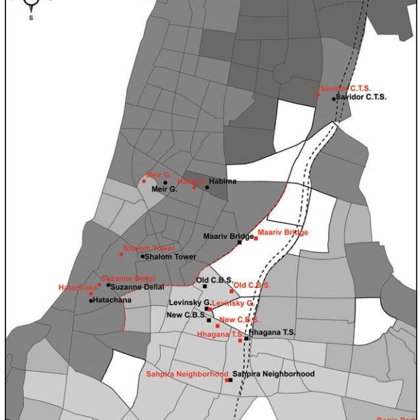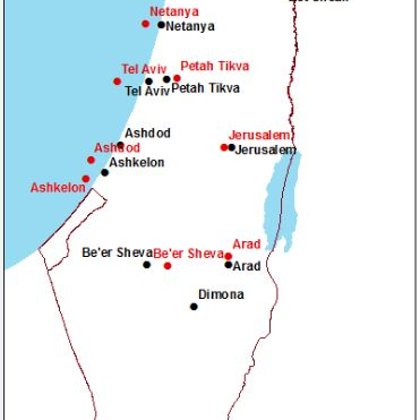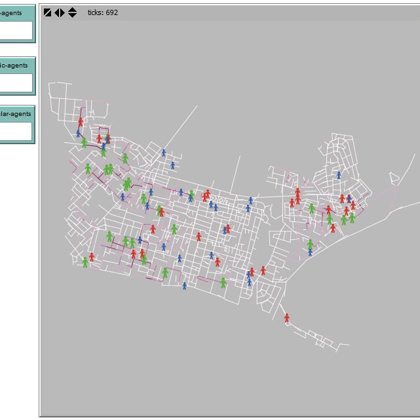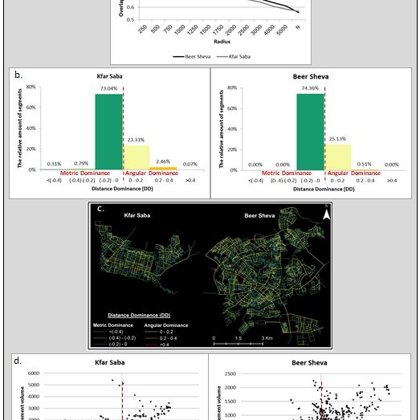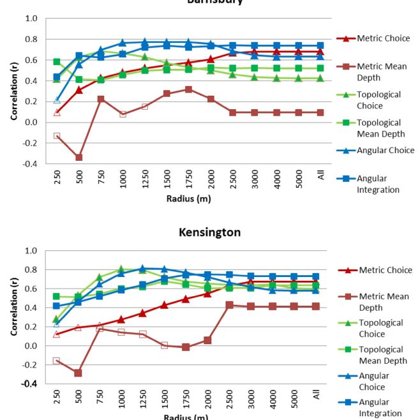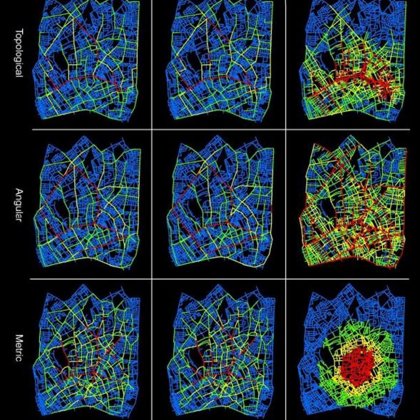SPATIAL COGNITION AND BEHAVIOR
The association between cognitive mapping, the environment's characteristics and movement.
Spatial cognition
We study how cognitive maps are affected by the conditions of the environments (e.g., regional categories), and specifically how a city’s form and its internal socio-spatial divisions affect cognitive representation of an urban environment.
Selected papers: Omer (2010); Omer (2018);
-
Artificial maps used to examine the relation between systematic distortions
-
Polar-coordinate histogram of response distributions for experiment
-
Sites as obtained by directional estimations (red) with their actual location (black)
-
Cities as obtained by directional estimations (red) with their actual location (black)
Spatial behavior
We concentrate on the individuals' spatial cognition during urban movement: how perception and cognitive presentation of distances effect the selection of movement routes in the urban street network.
Selected papers: Omer and Jiang (2015); Omer and Kaplan (2018);
-
ABM illustrated movement of metric (red), topological (green) and angular (blue) agents
-
Overlap between angular and metric shortest paths at the segment level
-
Correlations between observed vehicular movement and space syntax attributes across scale
-
Spatial distributions of aggregate flows of different agent types and space syntax values
